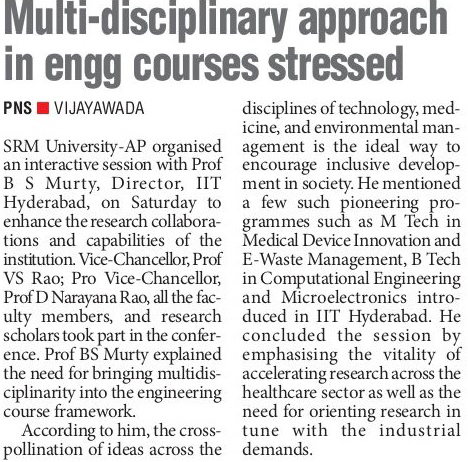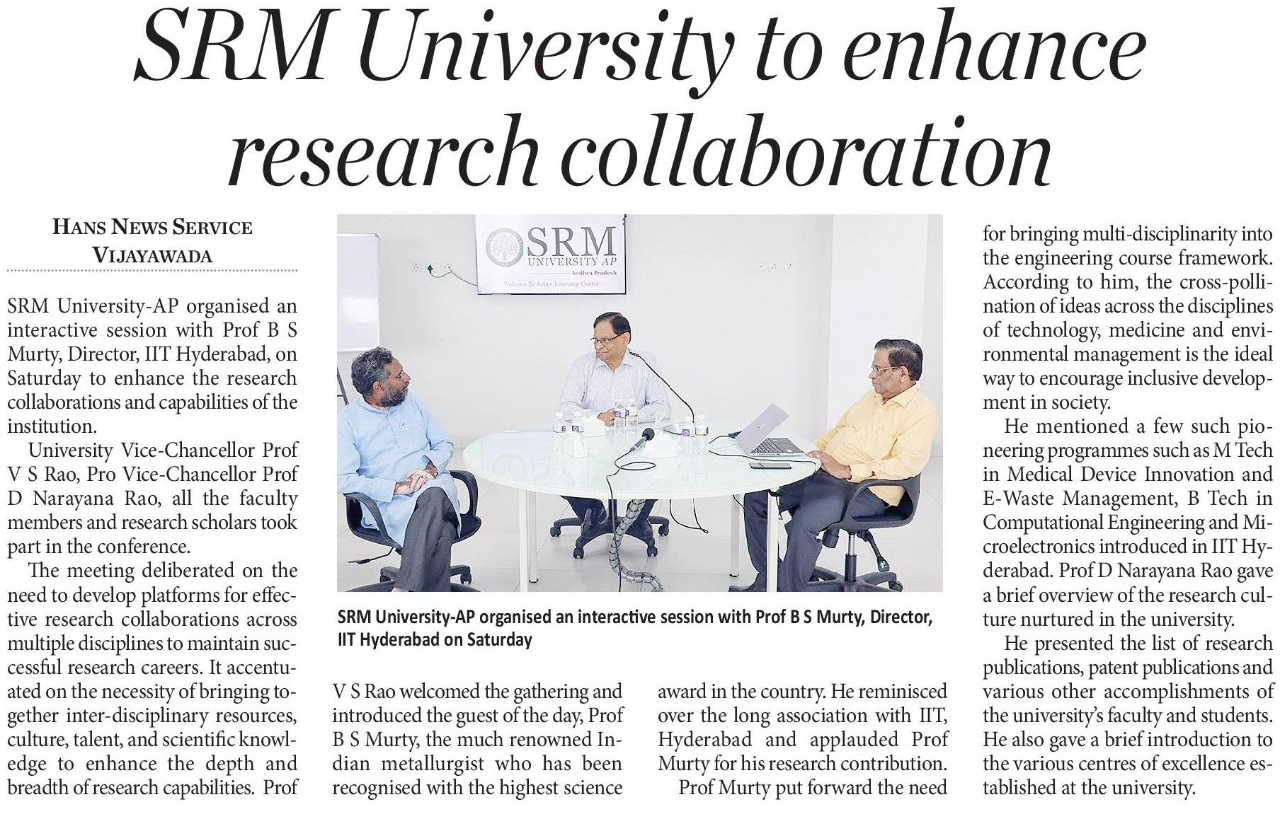- SRM University to enhance research collaboration June 6, 2022
- SRM offers MTech with fee waiver June 6, 2022
Financial Express – May 09
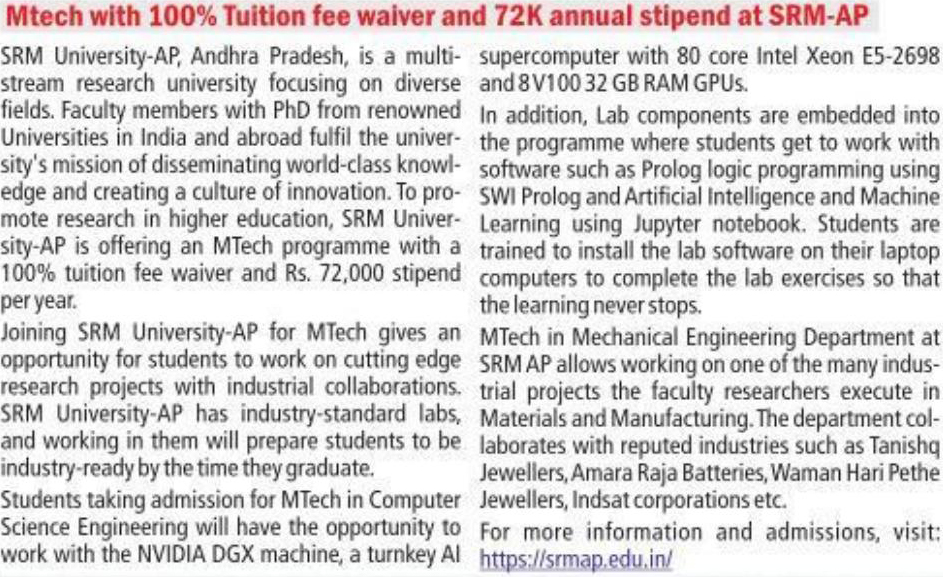
Deccan Chronicle – May 05
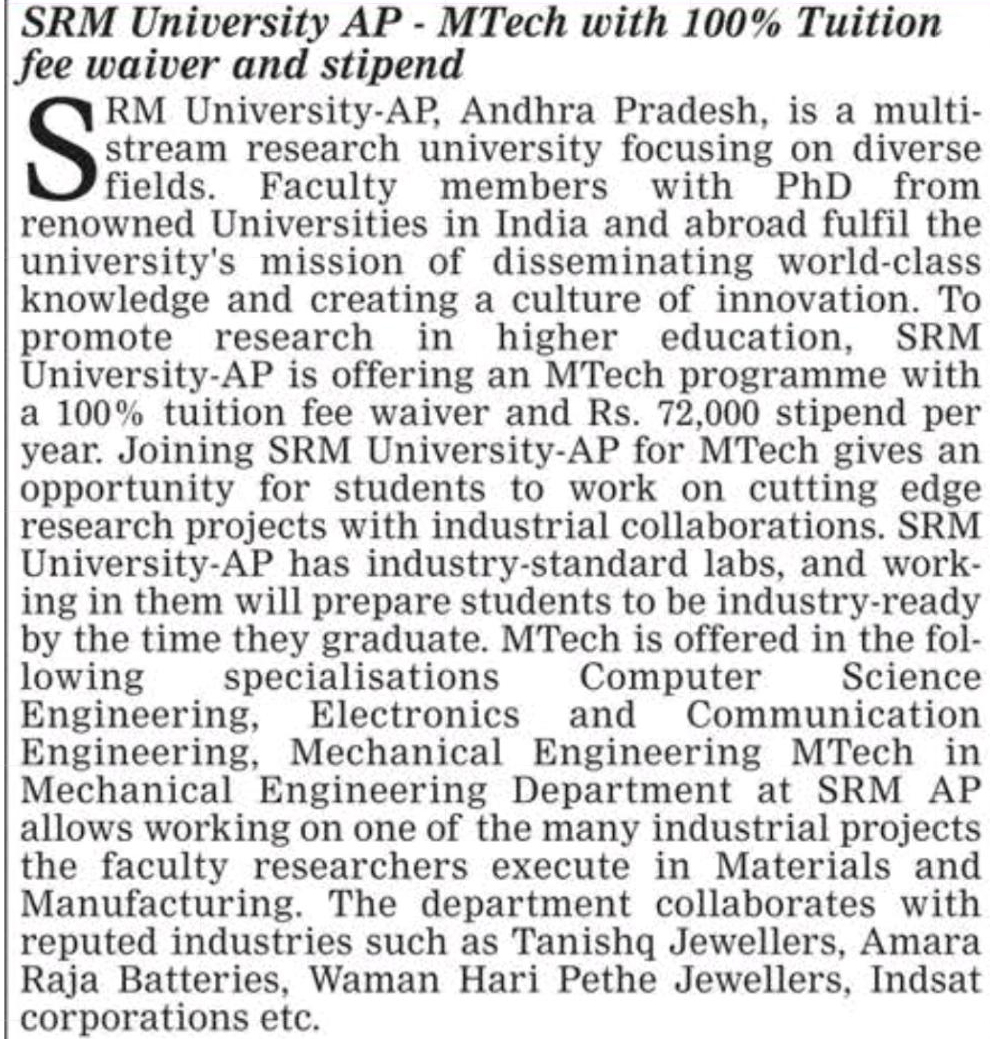
Hindu – May 04

Indian Express – May 03
Continue reading →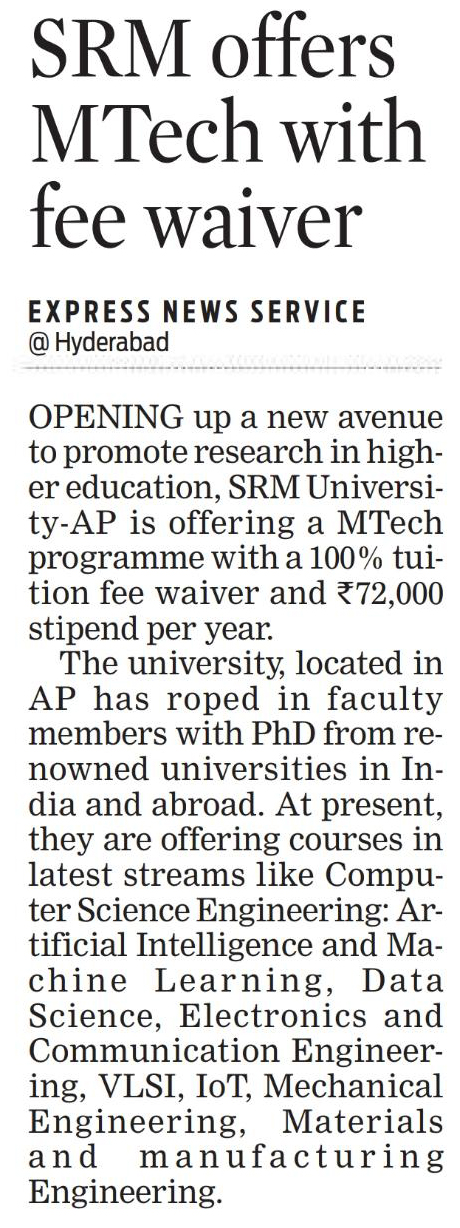
- Renewing a battle that is worth fighting for June 4, 2022
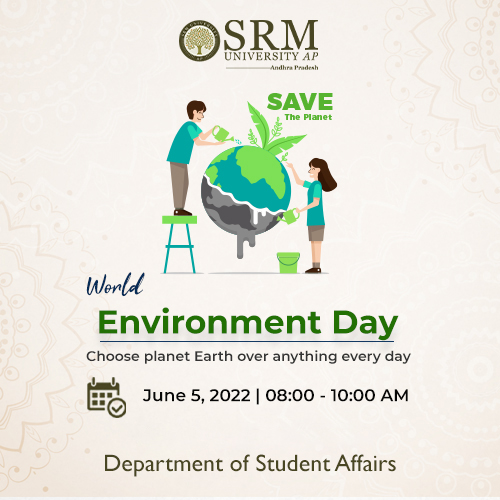 Imagine a motto having the same relevance and emergency even after 50 years of its inception! The slogan for the Stockholm Conference, #OnlyOneEarth of 1972, can relate. The theme is as pertinent as ever, with a lot more amplified concerns. This World Environment Day, revisit the actuality that Mother Earth is still the only liveable planet we have. Nature conservation is that battle we plot against ourselves only to win back what we destroyed.
Imagine a motto having the same relevance and emergency even after 50 years of its inception! The slogan for the Stockholm Conference, #OnlyOneEarth of 1972, can relate. The theme is as pertinent as ever, with a lot more amplified concerns. This World Environment Day, revisit the actuality that Mother Earth is still the only liveable planet we have. Nature conservation is that battle we plot against ourselves only to win back what we destroyed.The reckless devastations can only be nullified through transformative actions which can reset the balance between humanity and nature. Getting out of the denial stage and acting accordingly is the only way to preserve nature for the next generation. A greener, cleaner, and sustainable tomorrow will always be a matter of urgency with the escalating environmental issues.
The Department of Student Affairs is celebrating World Environment Day to spread hopes and action plans for protecting what we have in order to restore what we lost. The celebration aspires to emphasise and accelerate the thoughts on the predicament situation we are in. As part of the event, there will also be an awareness rally to foster the essence of the message.
Date: June 05, 2022
Time: 08.00 AM to 10.00 AM IST
Come along and renew the pledge to embrace mother nature!
Continue reading → - Research article accepted for IEEE conference IEMTRONICS 2022 June 4, 2022
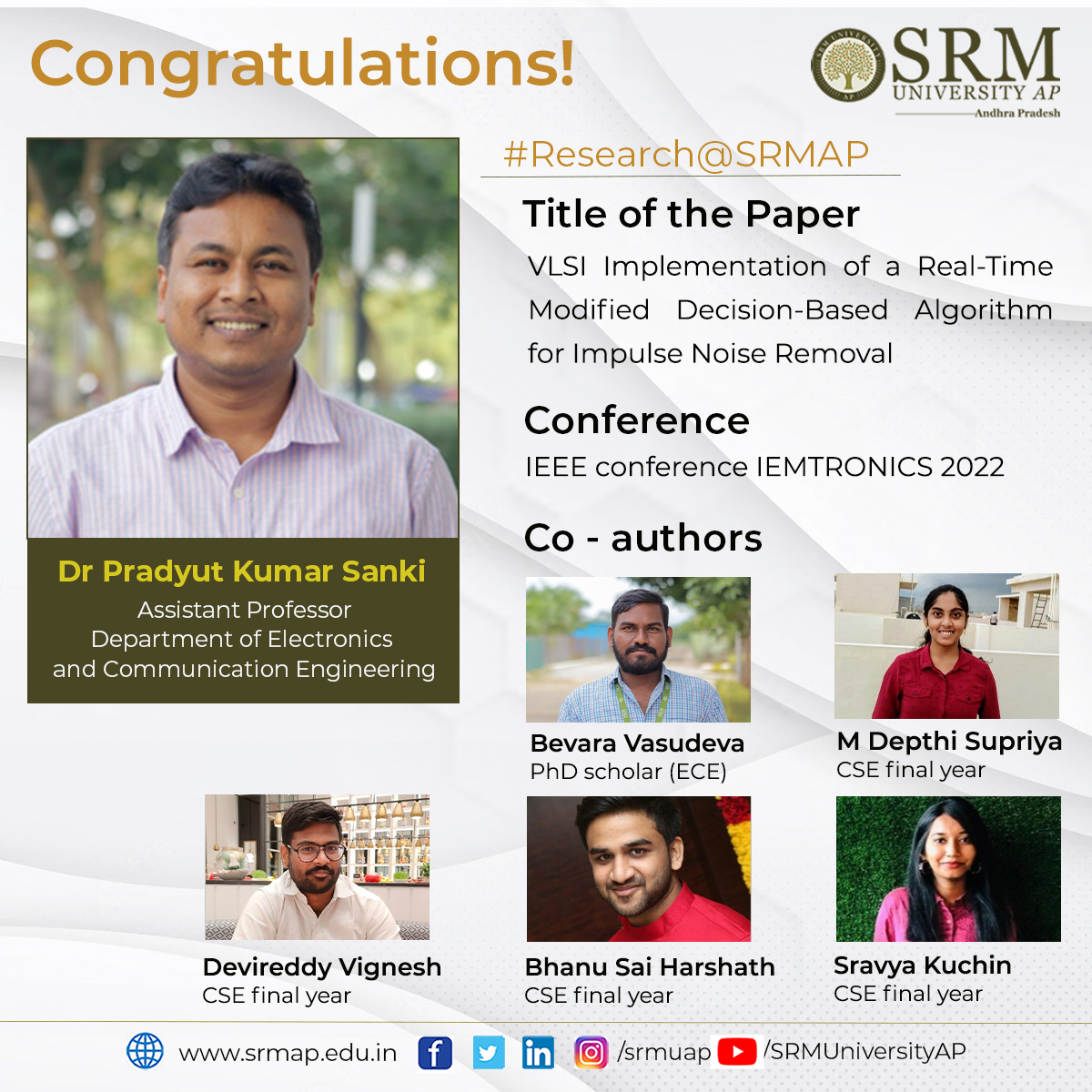
SRM University-AP preserves a research-empowered ecosystem stimulating its faculty and students to roll out original and discerning studies capable of making instrumental contributions aiming the scientific and societal progress. Making strides with impactful research publications and groundbreaking achievements, the institution has carved a niche for itself in the academic milieu. We are glad to present yet another success story of our research community that keeps bringing laurels to the institutions from far and wide.
Dr Pradyut Kumar Sanki and his PhD scholar Bevara Vasudeva, from the Department of Electronics and Communications Engineering, along with a group of Computer Science and Engineering students: Medarametla Depthi Supriya, Devireddy Vignesh, Peram Bhanu Sai Harshath, and Sravya Kuchina have got their paper titled ‘’VLSI Implementation of a Real-Time Modified Decision-Based Algorithm for Impulse Noise Removal’’ accepted in the IEEE conference IEMTRONICS 2022. This publication is a part of the Capstone project contributed by the students.
IEMTRONICS 2022 (International IOT, Electronics and Mechatronics Conference) is an international conclave that aims to bring together scholars from different backgrounds to disseminate inventive ideas in the fields of IOT, Electronics and Mechatronics. The conference will also promote an intense dialogue between academia and industry to bridge the gap between academic research, industry initiatives, and governmental policies. This is fostered by panel discussions, invited talks, and industry exhibits where academia and industry will mutually benefit from each other.
Through the research paper, the team proposes a real-time impulse noise removal (RTINR) algorithm and its hardware architecture for denoising images corrupted with fixed valued impulse noise.
Abstract of the Research
A decision-based algorithm is modified in the proposed RTINR algorithm where the corrupted pixel is first detected and is restored with median or previous pixel value depending on the number of corrupted pixels in the image. The proposed RTINR architecture has been designed to reduce the hardware complexity as it requires 21 comparators, 4 adders, and 2 line buffers which in turn improve the execution time. The proposed architecture results better in qualitative and quantitative performance in comparison to different denoising schemes while evaluated based on the following parameters: PSNR, IEF, MSE, EKI, SSIM, FOM, and visual quality. The proposed architecture has been simulated using the XC7VX330T-FFG1761 VIRTEX7 FPGA device and the reported maximum post place and route frequency is 360.88 MHz. The proposed RTINR architecture is capable of denoising images of size 512 × 512 at 686 frames per second. The architecture has also been synthesized using UMC 90 nm technology where 103 mW power is consumed at a clock frequency of 100 MHz with a gate count of 2.3K (NAND2) including two memory buffers.
Continue reading → - Design methodologies for composite structures in aircraft engines June 3, 2022
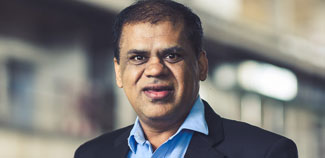 Dr Prakash Jadhav, Professor and Head, Department of Mechanical Engineering at SRM University-AP has published a chapter titled “Design Methodologies for Composite Structures in Aircraft Engines” in the book Advanced composites in aerospace engineering applications, Feb 2022, ISBN 978-3-030-88191-7, Springer.
Dr Prakash Jadhav, Professor and Head, Department of Mechanical Engineering at SRM University-AP has published a chapter titled “Design Methodologies for Composite Structures in Aircraft Engines” in the book Advanced composites in aerospace engineering applications, Feb 2022, ISBN 978-3-030-88191-7, Springer.Abstract of the book chapter
Recently there have been many successful attempts to implement the use of fibre-reinforced composite structures in commercial aircraft engines. The author has been part of these efforts while working in the aviation industry. This article describes these efforts to design, analyze, manufacture, and implement the composite structures inside the low-pressure and low-temperature zones of the engine. Very innovative out-of-the-box design methodologies were used to design these components. These efforts elaborate on the design, optimization, and improvement of the composite fan blade, the composite fan platform, and the composite booster blade inside the engine. It focuses on structural design, aerodynamic efficiency, and specific fuel consumption improvement efforts along with the usual reduction of weight targets. This work successfully demonstrates the systematic steps in the design and implementation like preliminary coupon-level simulations, coupon-level manufacturing, coupon/prototype testing, and final part-level simulations followed by part tests.
The target readers for the book are all engineers, professionals and researchers from the aerospace field. Dr Prakash Jadhav’s future research plan is to continue to develop new methodologies to implement more composites into the aerospace industry. The book chapter will be extremely useful for engineers working on the design of composite structures for aerospace applications.
Continue reading →


